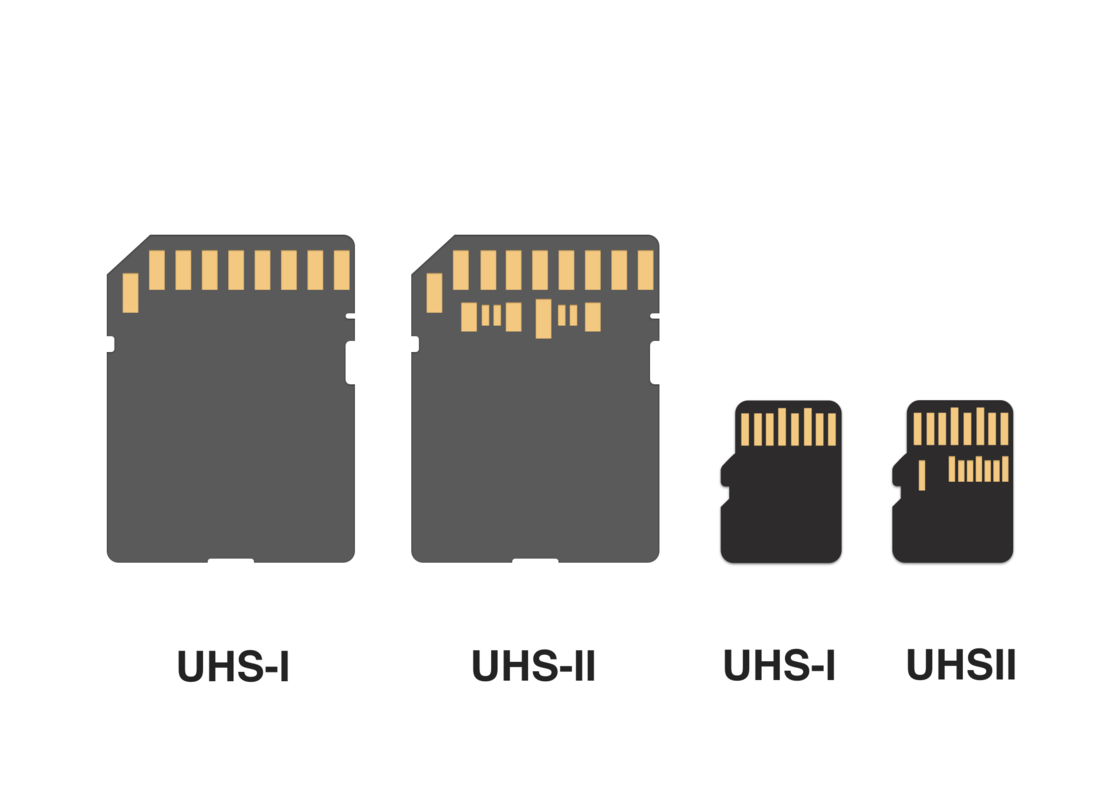Latest Posts
How to get satisfied bulk Micro SD Card and SD Card?
1. Types of Bulk Micro SD Cards
In the past, there were various types of external memory cards such as MMC and Sony memory sticks. But nowadays, the main types remaining are SD cards, bulk Micro SD card, and relatively professional CF cards. Micro SD cards are extremely popular, especially for devices such as cameras, Dash cams, drones, and PSPs.
| Type | Description |
|---|---|
| SD Cards | Commonly used in various devices, offering a range of capacities. |
| Micro SD Cards | Popular for portable devices due to their small size and high capacity. |
| CF Cards | Relatively professional, used in high-end cameras and other devices requiring high performance. |
2. Parameters Overview
When shopping for bulk Micro SD card, understanding the parameters is crucial. Different brands may have different printing designs, but the parameters are based on the SD Association’s unified standards.
| Parameter | Description |
|---|---|
| Capacity | Ranges from 16GB to 2TB, with common options including 32GB and 64GB. |
| Speed Class | Indicates minimum writing speed, such as C10, U1, U3, etc. |
| Video Speed Class | Marked with V followed by speed value, e.g., V90. |
| Application Performance Class | Includes random read/write IOPS and sequential writing performance. |
3. The Type of Interface
Many Micro SD cards are marked with “I” or “II”. The “I” indicates support for the UHS protocol, which means faster speed.
| Interface Type | Description |
|---|---|
| UHS-I | Maximum interface bandwidth of about 100MB/s. |
| UHS-II | Faster read and write speeds on compatible devices. |
| UHS-III | Widely used, offering even higher performance. |
4. Writing Speed
Writing speed is a key attribute. Different indicators are used to represent the speed performance.
- C10: Minimum normal writing speed.
- U1: Minimum sustained writing speed of 10M/s.
- U3: Minimum sustained writing speed of 30M/s.
- V90: Video writing speed up to 90MB/s.
5. Price and Purchase
When choosing a Micro SD card, consider both parameters and the source.
- For cameras, buy at least U1 cards; for GoPro, U3 cards are preferable.
- Capacity: 32GB and 64GB are reasonable choices based on photography needs.
- Recommended Brands: Samsung, SanDisk, etc. Be cautious of counterfeiting, especially with SanDisk products.

6. End and Future
The main areas of development for external memory cards are high-definition photography and motion photography. The large capacity and high writing speed have become a necessary requirement of photography.
- New standards and functions are being developed to meet evolving needs.
- Wi-Fi transmission and TransferJet are some of the attempts.
7. Why Bulk Micro SD Cards Matter
Bulk Micro SD cards are essential for many devices such as the one requiring high-capacity storage and fast data transfer.
- Offer convenient and cost-effective solutions for storing large amounts of data.
- Become more reliable and efficient with continuous technological improvements.
8. Tips for Choosing the Right Bulk Micro SD Card
When selecting a Micro SD card, first determine your device’s compatibility as well as requirements.
- Consider factors like the device’s read and write speed capabilities, storage needs, and specific features.
- Check the card’s reliability and read customer reviews to ensure its quality.
9. Comparison with Other Storage Options
Compared to other storage options like internal memory and cloud storage, Micro SD cards have their own advantages.
| Aspect | Micro SD Card | Internal Memory | Cloud Storage |
|---|---|---|---|
| Portability | High | Low | Medium |
| Cost | Low one-time purchase | High initial cost, no ongoing fees | Ongoing subscription fees |
| Reliability | Subject to loss or damage | High, but limited by device | Depends on internet connectivity |











Leave a comment